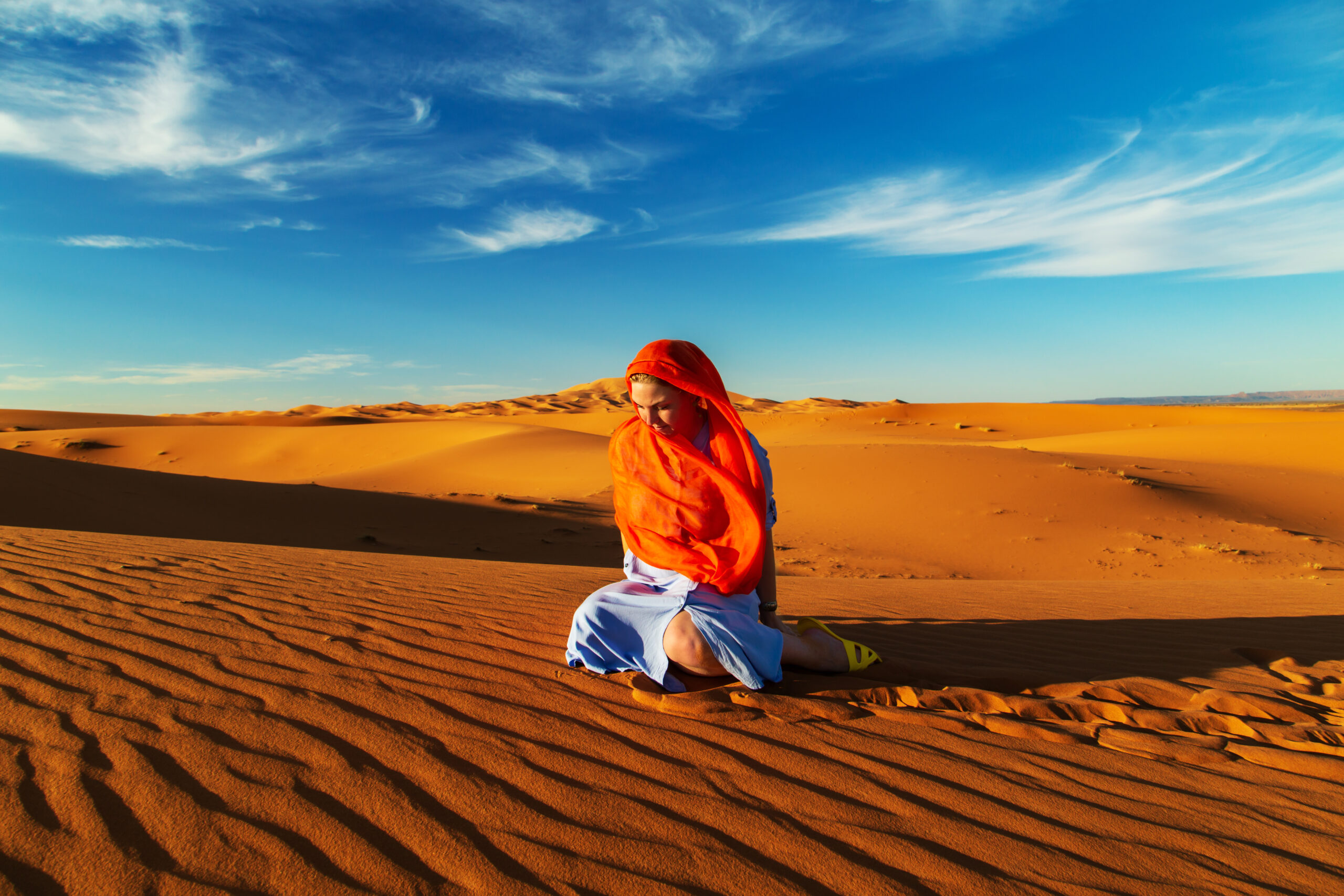
When we first arrived in Morocco, the colors, sounds, and smells changed how we see travel. Our two-week trip was all about diving deep into a place where old traditions meet new experiences.
Morocco is more than a place to visit. It’s a journey that mixes landscapes, cultures, and stories in a way that’s hard to imagine. From Marrakech’s busy medinas to the Sahara’s quiet, our trip showed us a world that’s both old and new.
This trip was not just a vacation. It was a chance to see things differently, meet amazing people, and learn about a country where every street has a story.
We explored different places – historic cities, mountains, coastlines, and deserts. Each place offered unique experiences that changed how we saw North African culture and people.
Let’s start our Moroccan adventure together. Every moment will be a surprise, and every experience will be a memory we’ll always treasure.
Discover the Rich Culture of Morocco
Exploring Morocco is like stepping into a world full of vibrant cultural experiences. It’s a journey that goes beyond the usual tourist spots. Here, you’ll find a deep dive into Moroccan traditions that show the beauty of human expression and connection.
When you explore Morocco, you enter a world of fascinating traditions. From ancient customs to modern expressions, the country’s story is one of creativity and strength.
Traditional Music and Dance
Moroccan music and dance tell stories of the soul. The Gnawa music and traditional dances offer a glimpse into Moroccan communities’ hearts.
- Gnawa musical performances featuring spiritual trance rhythms
- Berber folk dances celebrating regional heritage
- Classical Andalusian music with its sophisticated compositions
Culinary Delights
Moroccan food is a reflection of the country’s diverse culture. Spices and recipes passed down through generations make every meal a unique experience.
“In Morocco, every meal tells a story of history, family, and connection.” – Local Chef
Festivals and Celebrations
Moroccan festivals turn everyday moments into special cultural events. These celebrations show the community’s spirit and welcome travelers to join in.
- Fes Festival of World Sacred Music
- Imilchil Marriage Festival
- Almond Blossom Festival in the Atlas Mountains
Moroccan traditions are not just old stories. They are alive, inviting you to connect and understand.
Must-See Cities and Landmarks
Exploring Morocco means seeing its iconic cities. Each city shows a different side of the country’s culture. Our travel guide will take you to three amazing places that show Morocco’s beauty.
When you plan your trip to Moroccan cities, three places are a must-see:
- Marrakech: The Red City
- Fes: The Cultural Capital
- Chefchaouen: The Blue Pearl
Marrakech: The Red City
Marrakech is full of life, with buildings that look like they’re made of red clay. The old medina is a UNESCO site, giving you a real taste of Moroccan life. You can see street performers, musicians, and food stalls at Jemaa el-Fnaa square, making it a memorable experience.
Fes: The Cultural Capital
Fes is Morocco’s brain and culture center, with the oldest university in the world. Its old medina is like stepping back in time. You’ll see narrow streets, traditional crafts, and ancient buildings. Our guide suggests spending two days here to really get to know it.
Chefchaouen: The Blue Pearl
Chefchaouen is in the Rif Mountains and is a photographer’s dream. Every wall and street is painted blue, making it look like a dream. It’s a calm place compared to big cities, showing a different side of Moroccan culture.
“To travel is to discover that everyone is wrong about other countries.” – Aldous Huxley
These cities each tell a part of Morocco’s story. They offer a journey through the country’s most beautiful landscapes and cultures.
Exploring the Majestic Sahara Desert
Our Moroccan adventure takes us deep into the heart of the world’s most iconic desert landscape. The Sahara Desert exploration promises an unforgettable experience. It defines our two weeks of discovery across Morocco’s breathtaking terrain.
The Sahara transforms travelers into true desert explorers. Stretching across thousands of miles, this golden landscape offers an immersive journey. It challenges and inspires.
Camel Trekking Adventures
Camel trekking represents the quintessential Moroccan desert experience. We recommend preparing for this unique journey with these essential tips:
- Wear lightweight, breathable clothing
- Bring sufficient water and sun protection
- Pack comfortable walking shoes
- Carry a lightweight sleeping bag
Our guided camel treks typically range from half-day excursions to multi-day expeditions. They allow travelers to truly connect with the desert’s mystical environment.
Stargazing Under the Desert Sky
“In the Sahara, the night sky becomes a canvas of infinite wonder, where stars paint stories older than humanity itself.”
The desert offers unparalleled stargazing opportunities. With zero light pollution, the night sky transforms into a breathtaking astronomical display.
| Stargazing Experience | Best Months | Recommended Gear |
|---|---|---|
| Desert Night Sky Observation | October – April | Telescope, warm clothing, star chart |
| Meteor Shower Viewing | August | Reclining chair, blanket, hot tea |
Our Sahara Desert exploration promises an extraordinary journey. It connects travelers with nature’s most spectacular wilderness.
The Vibrant Markets and Souks
Exploring Morocco’s markets is key to understanding its culture. The souks are the heart of Moroccan life, showing the beauty of old trading ways.
Walking into a Moroccan souk is like stepping into a museum. The alleys are filled with colors, patterns, and the sounds of craftspeople.
Shopping for Handicrafts
In Morocco’s markets, you’ll find amazing traditional crafts:
- Hand-woven Berber carpets with unique designs
- Leather goods made with old techniques
- Ceramic pottery in bright colors
- Brass and copper items with detailed engravings
“In the souks, every purchase tells a story of generations of craftsmanship.” – Moroccan Artisan Collective
Navigating the Souks of Marrakech
Marrakech’s souks are full of excitement and tradition. Here’s how to shop like a local:
- Try gentle bargaining as a way to connect
- Talk to vendors to learn about their products
- Have cash in small amounts
- Be respectful and open to local chats
The Moroccan souks are more than shops. They are stories of culture and heritage, where every moment reveals Morocco’s spirit.
The Diverse Moroccan Landscape
Exploring Morocco shows us a stunning variety of natural wonders. These wonders attract travelers from everywhere. Our Moroccan adventure takes us through landscapes that change from rugged mountains to calm coastlines.
From the Atlas Mountains to the Coast
The Atlas Mountains are Morocco’s backbone, with amazing hiking and exploration. Our trip through these mountains shows nature’s wide range, with heights from 2,000 to 4,000 meters.
- Spectacular mountain ranges with snow-capped peaks
- Traditional Berber villages nestled in rocky terrain
- Stunning viewpoints overlooking dramatic landscapes
Exploring the Oasis of Merzouga
Morocco’s wonders peak in the magical Merzouga desert. Here, golden sand dunes meet a brilliant blue sky. Travelers can go on camel treks, camp overnight, and see breathtaking sunsets.
| Landscape Type | Key Features | Unique Experience |
|---|---|---|
| Atlas Mountains | Rocky terrain, alpine landscapes | Hiking, cultural encounters |
| Merzouga Desert | Massive sand dunes, clear skies | Camel trekking, stargazing |
| Coastal Regions | Mediterranean and Atlantic shores | Surfing, beach relaxation |
“Morocco’s landscapes are a testament to the planet’s incredible geographical diversity.” – Travel Explorers Magazine
Every region in Morocco shows a different part of the country’s amazing ecological mix. It invites adventurers to explore and connect with nature in its purest form.
Unique Accommodations in Morocco
Choosing the right place to stay can make your Moroccan trip special. Morocco has amazing places to stay that are more than just hotels. They let you experience the real Moroccan culture.
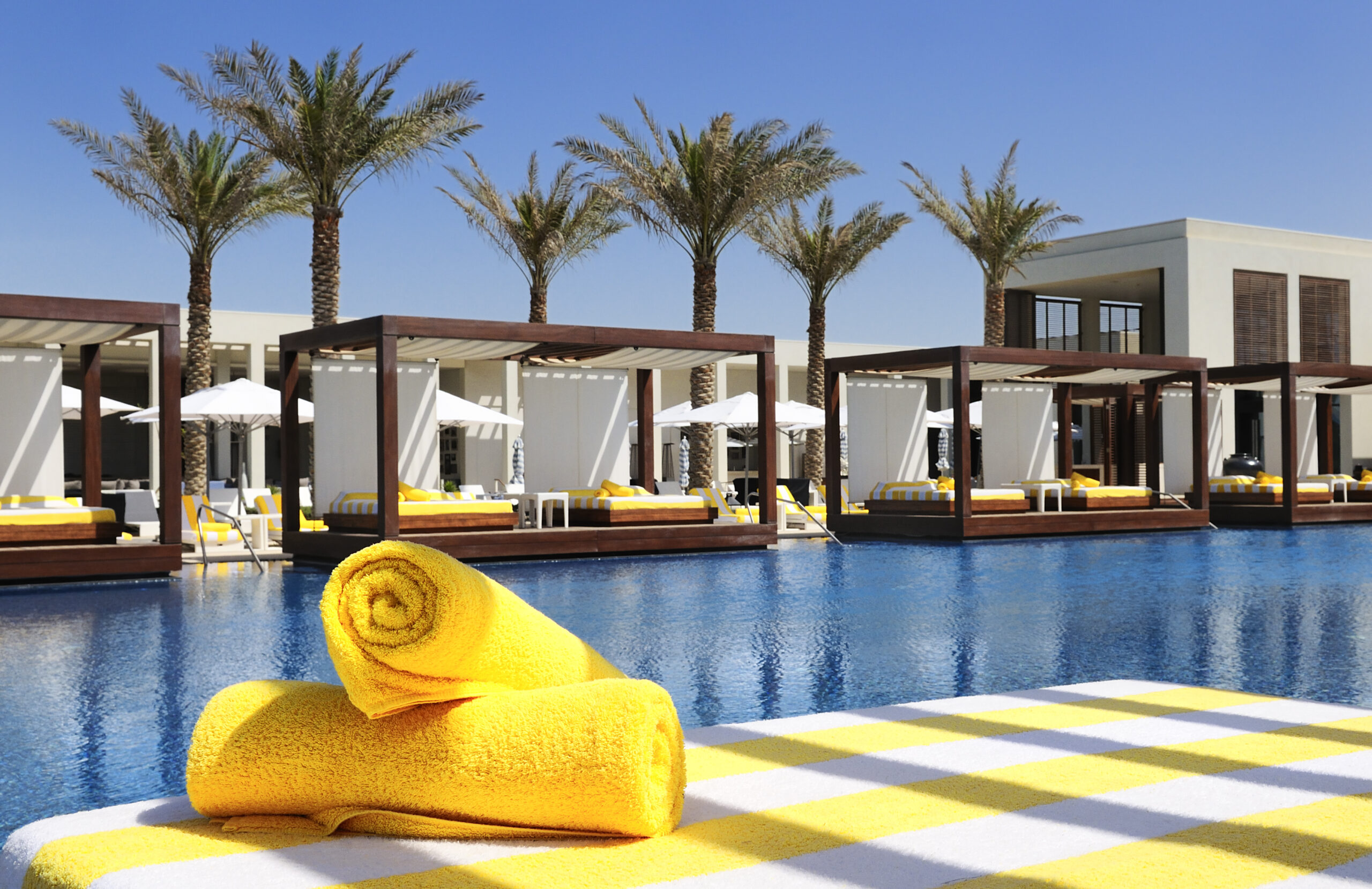
Looking into Morocco’s lodging options shows a world of great hospitality and culture. Our trip through Morocco’s unique places to stay shows how the country mixes tradition with comfort.
Riads: A Home Away From Home
Riads are the heart of Moroccan stays. These old townhouses have:
- Intricate tile work and carved woodwork
- Central courtyard with fountain
- Personalized, intimate atmosphere
- Typically located in historic city centers
“Staying in a riad is like stepping into living history, where every corner tells a story of Moroccan heritage.”
Luxury Desert Camps
Luxury desert camps offer an unforgettable Moroccan experience. They provide:
- Comfortable Berber-style tents
- Gourmet dining under starlit skies
- Traditional music performances
- Guided camel treks
Each place to stay offers a special look into Morocco’s rich culture. This makes your two weeks of discovery unforgettable.
Engaging with Local Communities
Exploring Morocco lets travelers dive into cultural immersion through real community interactions. Our journey shows how to connect with locals, turning a usual trip into a deep cultural exchange.
Moroccan community engagement is more than just seeing sights. It’s about making real connections and understanding the vibrant social life of this country.
Volunteering Opportunities
Travelers can join impactful volunteer programs that help local communities. These experiences give unique insights into Moroccan life and help with social development.
- Educational support in rural schools
- Community development projects
- Environmental conservation initiatives
- Healthcare assistance programs
Cultural Exchange Experiences
Authentic cultural exchanges let travelers learn from locals. These interactions create lasting memories and a deeper understanding of Moroccan traditions.
| Experience Type | Location | Duration |
|---|---|---|
| Artisan Workshop | Marrakech Medina | Half-day |
| Berber Family Homestay | Atlas Mountains | 2-3 days |
| Traditional Craft Learning | Fez | Full-day |
“True travel is about connection, not just observation.” – Moroccan Traveler’s Wisdom
By embracing these opportunities, travelers can turn their Moroccan adventure into a meaningful journey of cultural understanding and personal growth.
Insight into Moroccan Traditions
Our Moroccan adventure shows a world full of rich cultural practices. These invite travelers to dive into the heart of Moroccan customs. Cultural immersion in Morocco is more than just seeing sights. It’s about connecting deeply with local traditions that have lasted for generations.
The Sacred Moroccan Tea Ceremony
The Moroccan tea ceremony is a powerful symbol of hospitality and connection. Mint tea, or atay, is more than a drink. It’s a ritual of friendship and respect. Guests are welcomed with special pouring techniques that turn tea drinking into an art.
- Tea is always poured from a height to create foam
- Multiple rounds of tea are served
- Refusal of tea is considered impolite
“In Morocco, tea is not just a drink, it’s a conversation.” – Moroccan Proverb
The Art and Significance of Henna
Henna artistry is another key part of Moroccan customs. This temporary body art holds deep cultural meaning. It’s used at weddings, festivals, and important life events. Skilled artisans create detailed designs that tell stories and symbolize protection, luck, and beauty.
- Designs vary by region and occasion
- Typically applied to hands and feet
- Patterns can represent personal or community narratives
By joining in these traditions, travelers can truly experience Moroccan culture. Their journey becomes more than just a trip. It becomes a meaningful cultural exploration.
Practical Tips for Traveling in Morocco
Planning a trip to Morocco needs careful thought. Our guide will help you explore this vibrant place in two weeks. You’ll learn how to make the most of your time.
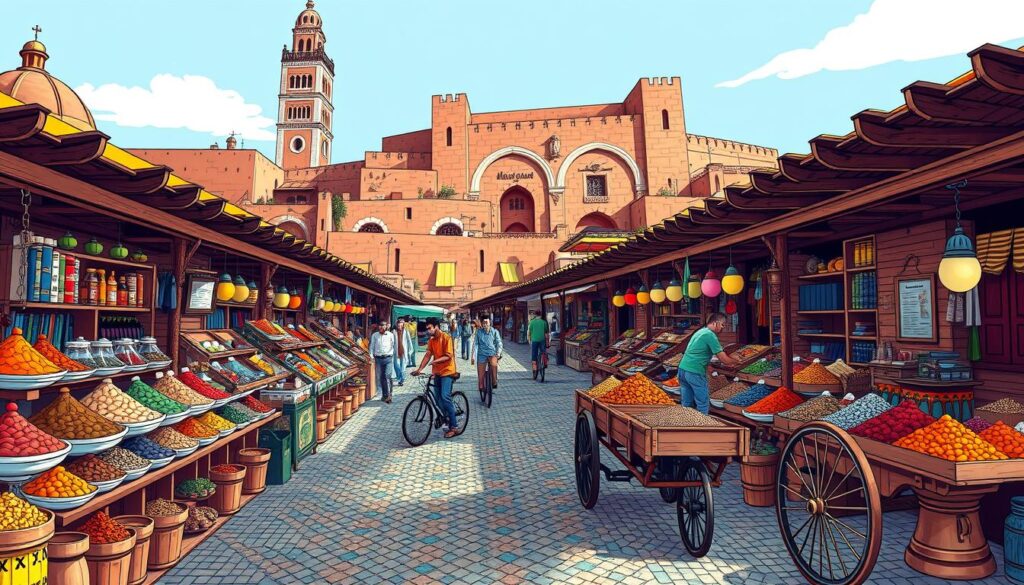
Getting ready for Morocco requires smart planning and insider tips. The right info can make your trip unforgettable.
Best Time to Visit
Choosing the best time to visit Morocco is key. We suggest:
- Spring (March to May): Mild weather and beautiful landscapes
- Autumn (September to November): Comfortable weather and fewer people
- Avoid summer (June-August) because it’s too hot
Navigating Transportation
Knowing Morocco’s transport system is essential for a smooth trip. Here’s what you need to know:
| Transportation Mode | Pros | Cons |
|---|---|---|
| Trains | Comfortable, reliable | Limited network coverage |
| Buses | Affordable, extensive routes | Slower travel times |
| Grand Taxis | Flexible, direct routes | More expensive |
“Flexibility is the key to enjoying your Moroccan journey.” – Experienced Traveler
Our Morocco travel tips stress the importance of planning ahead. Get a local SIM card, carry cash, and learn basic Arabic or French. It will make your trip better.
Pro tip: Always negotiate taxi fares before starting your journey and be prepared for some friendly bargaining!
Unraveling the History of Morocco
Exploring Morocco’s beauty takes us back thousands of years. We uncover a rich history of many civilizations that have made this nation what it is today.
Getting to know Morocco starts with its deep history. The land has welcomed many cultures, each leaving a lasting impact on its identity.
Ancient Ruins and Historic Sites
Morocco is full of ancient treasures that tell of old civilizations. Visitors can see amazing sites that show the area’s deep history:
- Volubilis: A UNESCO World Heritage site with impressive Roman ruins
- Chellah in Rabat: An ancient necropolis with Roman and Islamic architecture
- Ait Ben Haddou: A stunning mud-brick fortress showing traditional Moroccan design
“To understand Morocco, one must walk through its ancient stones and listen to the whispers of history.” – Moroccan Historian
The Impact of Berber Culture
The Berber people have greatly influenced Moroccan history. Indigenous to North Africa, they have kept their culture alive for thousands of years. This has shaped language, art, and social life.
- Berber language is widely spoken in Morocco
- Traditional crafts like carpet weaving keep ancient art alive
- Unique music and food traditions continue to flourish
Our look into Moroccan history shows a vibrant, strong culture. It has faced many changes but kept its unique identity.
Creating Your Itinerary: Two Weeks of Discovery
Planning a trip to Morocco needs careful thought and a sense of adventure. Our two weeks will turn into a memorable Moroccan journey. It will mix planned visits with surprises.
Start with a flexible plan that lets you take detours. This way, you can enjoy both planned and unplanned moments.
Your Moroccan trip should mix planned routes with surprises. Spend four days in Marrakech, three in the Sahara Desert, and two in Fes. Use the rest to explore the coast and mountains. This lets you see Morocco’s variety while keeping room for new experiences.
Suggested Day-by-Day Plan
Begin in Marrakech to dive into the city’s lively culture. Spend days exploring medinas, markets, and getting the city’s beat. Then, head to the desert, mountains, and coast for a full Moroccan experience.
Flexibility and Spontaneity
While planning is key, the best moments come from surprises. Our plan balances structure with being open to local life. Talk to locals, say yes to new things, and be ready for anything. This way, your trip will be unique and unforgettable.
Table of contents
- Discover the Rich Culture of Morocco
- Must-See Cities and Landmarks
- Exploring the Majestic Sahara Desert
- The Vibrant Markets and Souks
- The Diverse Moroccan Landscape
- Unique Accommodations in Morocco
- Engaging with Local Communities
- Insight into Moroccan Traditions
- Practical Tips for Traveling in Morocco
- Unraveling the History of Morocco
- Creating Your Itinerary: Two Weeks of Discovery
- FAQ
FAQ
What is the best time of year to visit Morocco?
Spring (March to May) and autumn (September to November) are the best times to visit Morocco. The weather is mild and perfect for exploring. You won’t face extreme heat or cold during these seasons.
Do I need a visa to travel to Morocco?
Most US citizens don’t need a visa for up to 90 days of tourism in Morocco. Always check the latest visa rules at the Moroccan Embassy. Make sure your passport is valid for at least six months after your trip.
Is it safe to travel through Morocco?
Morocco is safe for tourists. Just be careful and aware of your surroundings. Protect your belongings and respect local customs. Always check the latest travel advisories before you go.
What currency should I bring to Morocco?
Bring Moroccan Dirhams (MAD) for local spending. Use credit cards in big cities. You can exchange money at banks, airports, and exchange offices. ATMs are common in tourist spots and big cities.
What language is spoken in Morocco?
Arabic is the official language, with Berber and French also spoken. Learning basic Arabic or French can help you communicate and show respect.
What should I pack for a two-week trip to Morocco?
Pack light, breathable clothes that can be layered. Choose modest outfits and comfortable shoes. Bring a light jacket for cool evenings, sun protection, and a scarf for mosques. Don’t forget a universal adapter for your electronics.
How should I dress in Morocco?
Dress conservatively and respectfully. Women should cover shoulders and knees. Men should also dress modestly. In tourist areas, you can dress a bit more casually, but always be mindful of cultural norms.
What vaccinations do I need before traveling to Morocco?
Talk to a travel health expert 4-6 weeks before your trip. Make sure your routine vaccinations are up to date. You might need hepatitis A and typhoid vaccines. Some people also get hepatitis B and rabies vaccines based on their plans.
Is it safe to drink tap water in Morocco?
It’s best to stick to bottled water and avoid tap water. Use bottled water for drinking and brushing teeth. Be careful with ice, fresh produce, and uncooked foods from street vendors to avoid stomach problems.
What is the tipping culture in Morocco?
Tipping is expected and appreciated in Morocco. Tip around 10% in restaurants, 20 MAD for hotel porters, and a small amount for taxi drivers. Tour guides usually expect 50-100 MAD per day, based on service quality and duration.

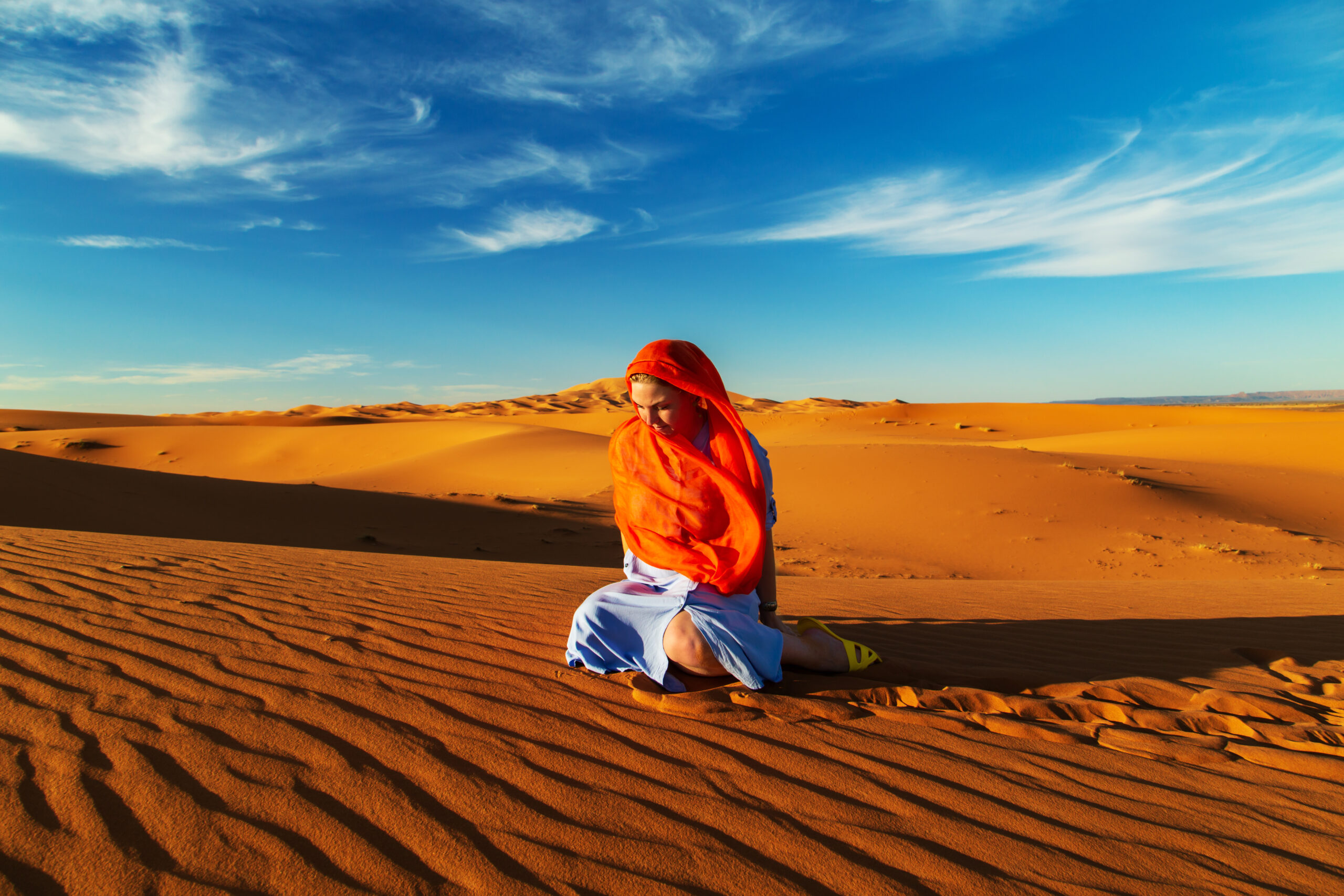
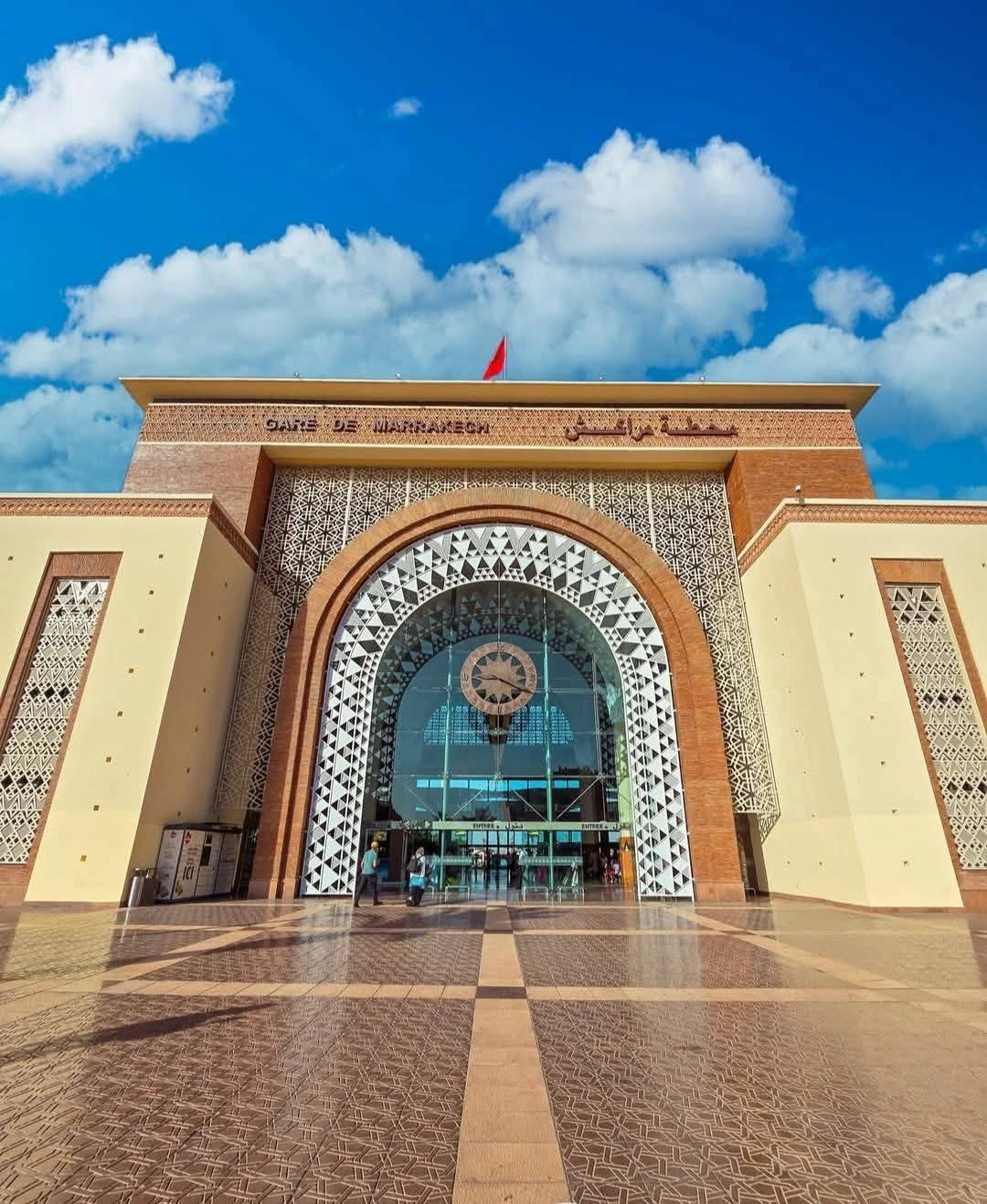
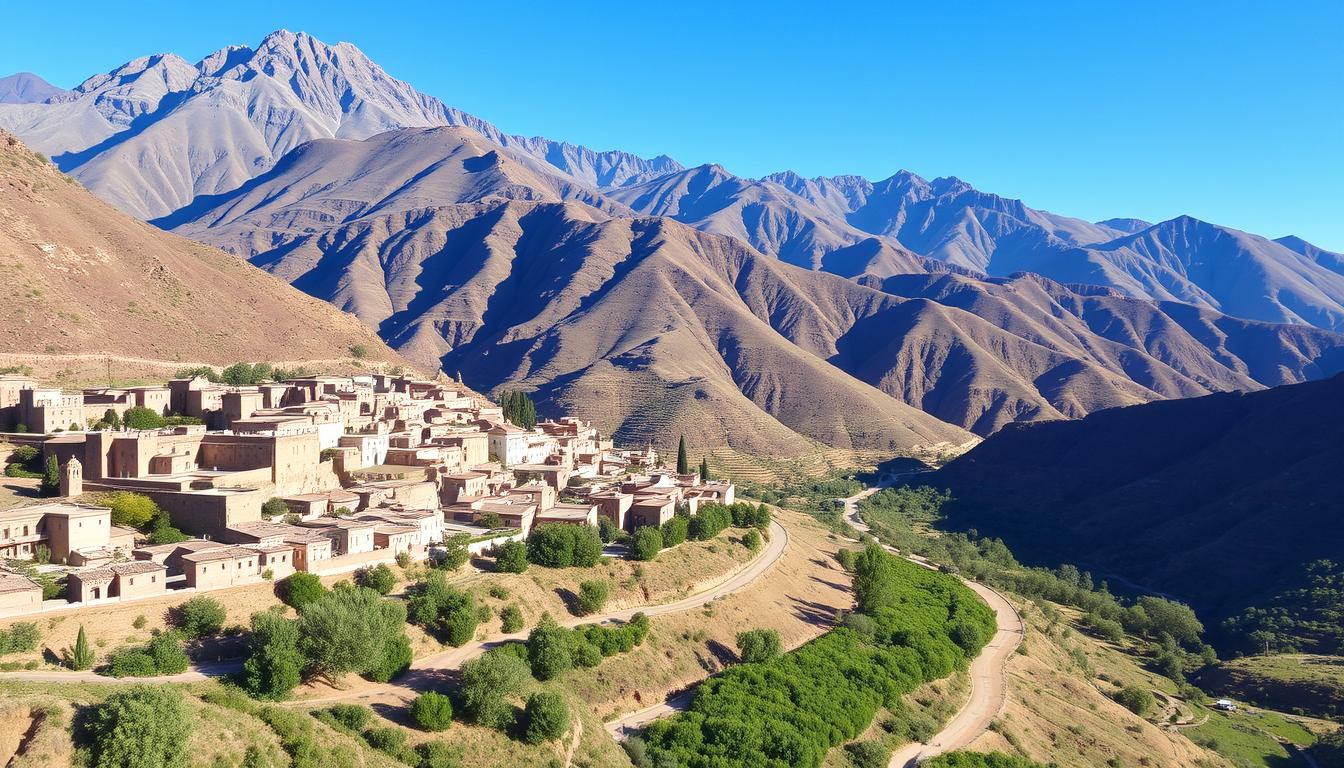
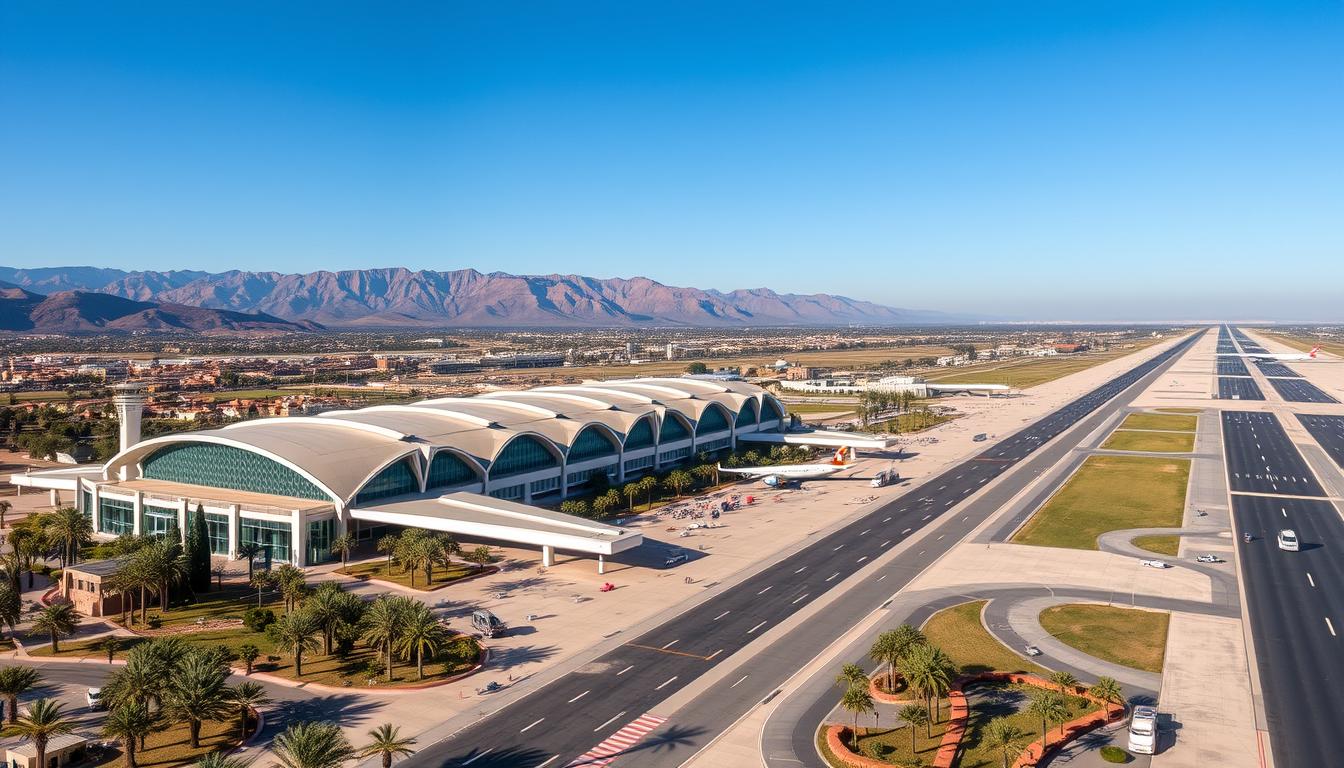
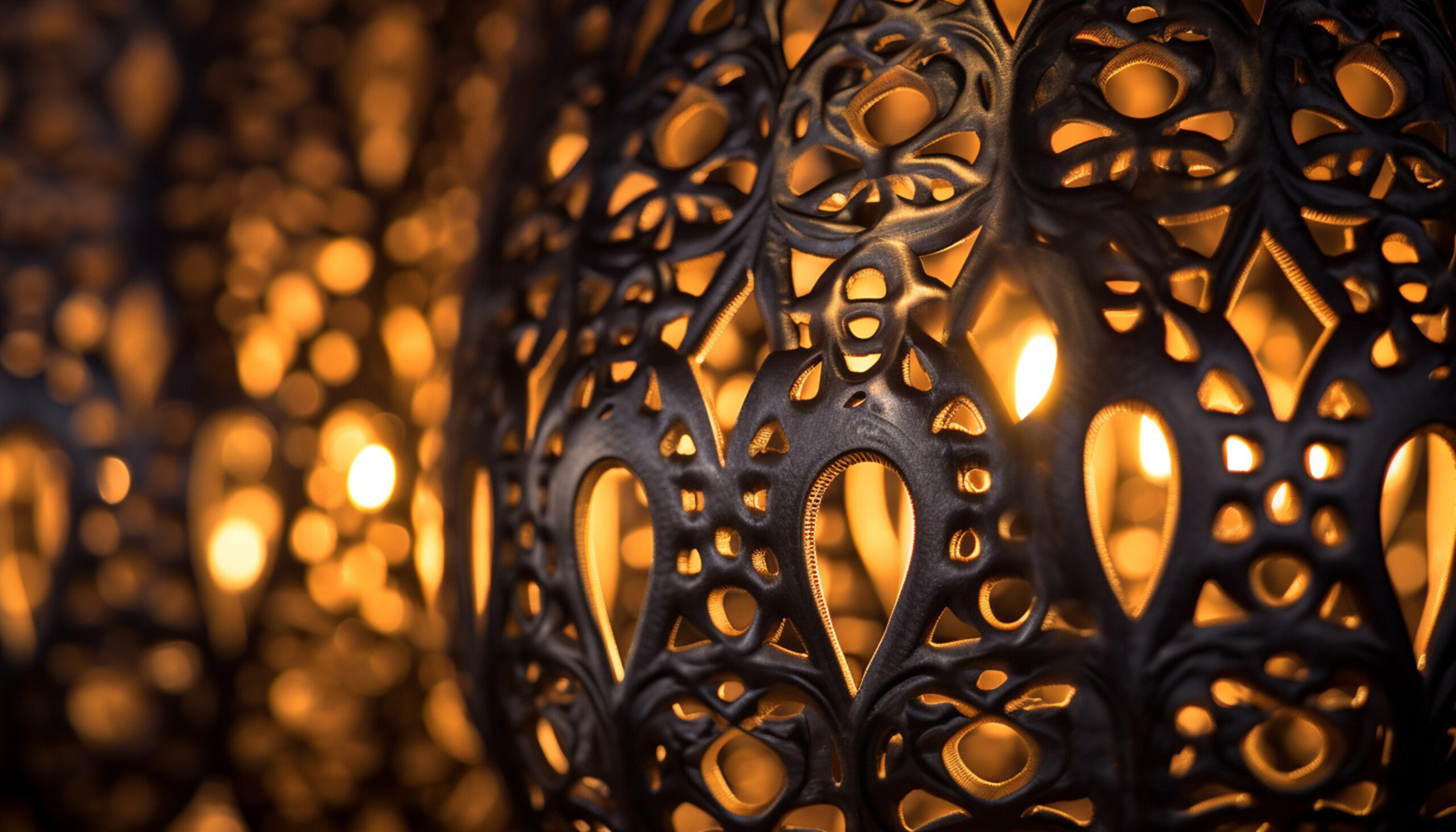
[…] fashion is a mix of old skills and new styles. Traditional clothes like the djellaba inspire today’s designers. This creates a story that links the past to the […]
[…] bargaining in Morocco’s souks, […]
[…] you listen to the cultural performances and smell the Moroccan food, you feel the warmth of its people. They welcome you with open […]
[…] Chefchaouen feels like walking through a painting. The blue walls are a photographer’s dream. Your Moroccan adventure isn’t complete without seeing these […]
[…] through Rabat, you see where old meets new. It’s a key spot for politics and culture. Exploring Morocco’s capital shows you its deep […]
[…] Morocco’s rich artistic heritage is seen in its amazing crafts. These crafts tell stories of generations of skilled artisans. Exploring traditional craftsmanship reveals a stunning visual language. This language speaks volumes about Morocco’s cultural diversity. […]
[…] a lot to do in this urban oasis. Explore Morocco’s urban landscapes with activities […]
[…] Visitors can explore the coastal and mountain areas. If you’re planning a trip, learn more about Tetouan’s attractions by following this link. […]
[…] gives you a real look at their lives. Planning a big adventure? Check out online resources like detailed itineraries. They show you the best of the Atlas Mountains and […]
[…] to dive into authentic Moroccan life. This includes vibrant cuisine and bustling local markets. Your journey through Morocco won’t be complete without trying the local […]